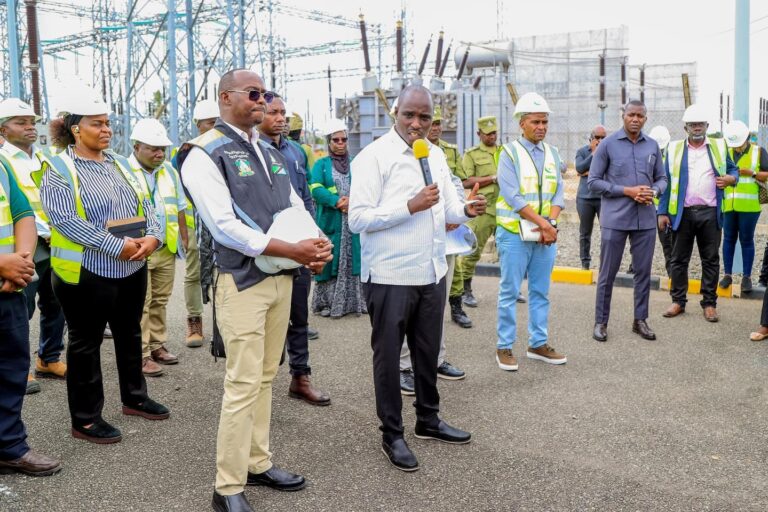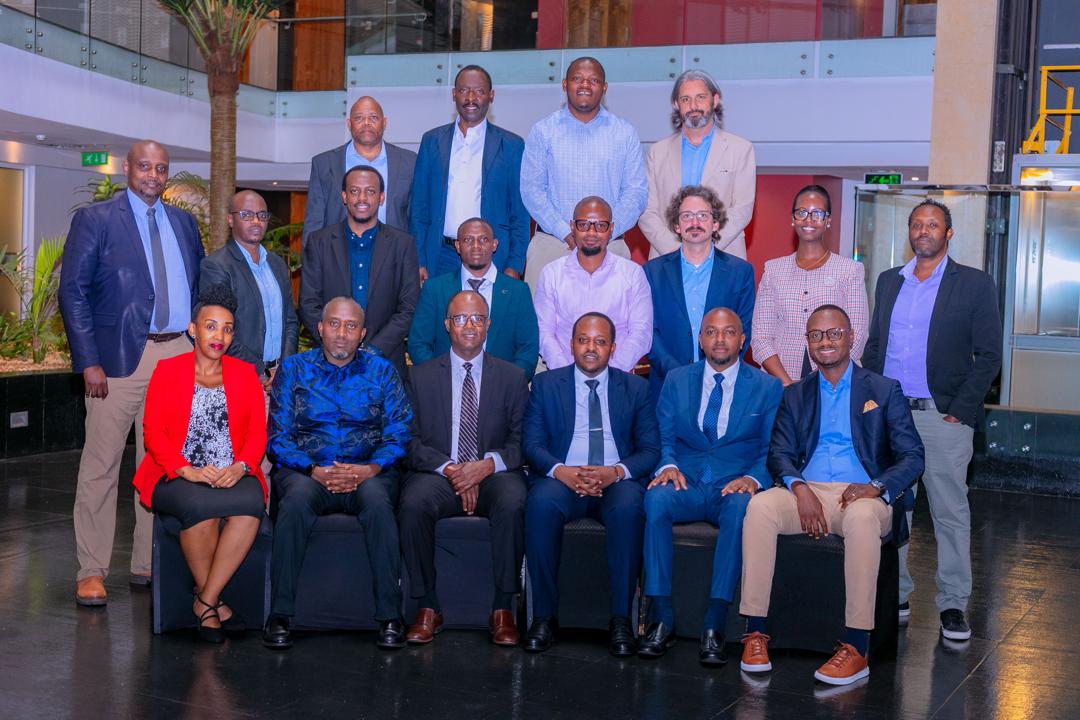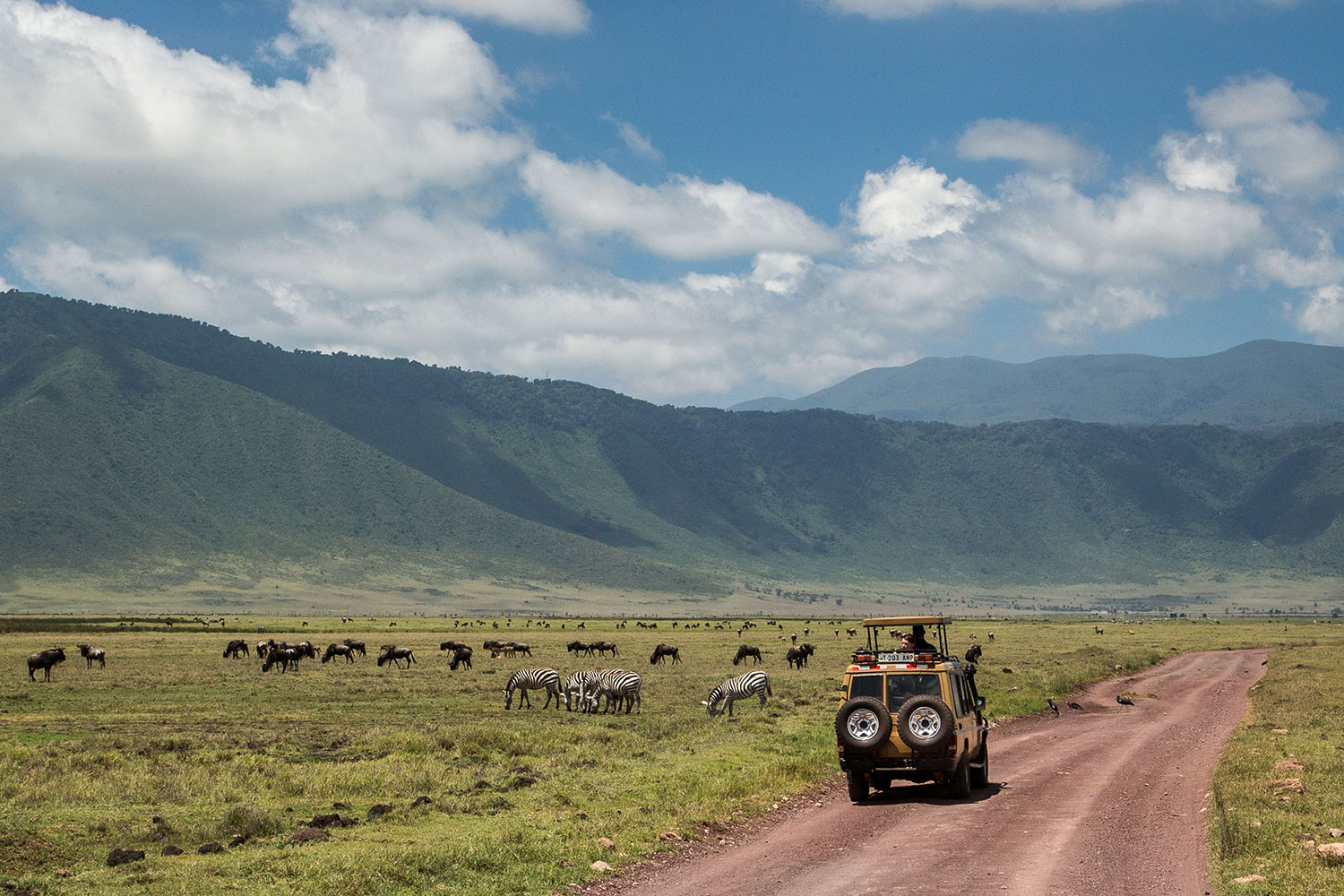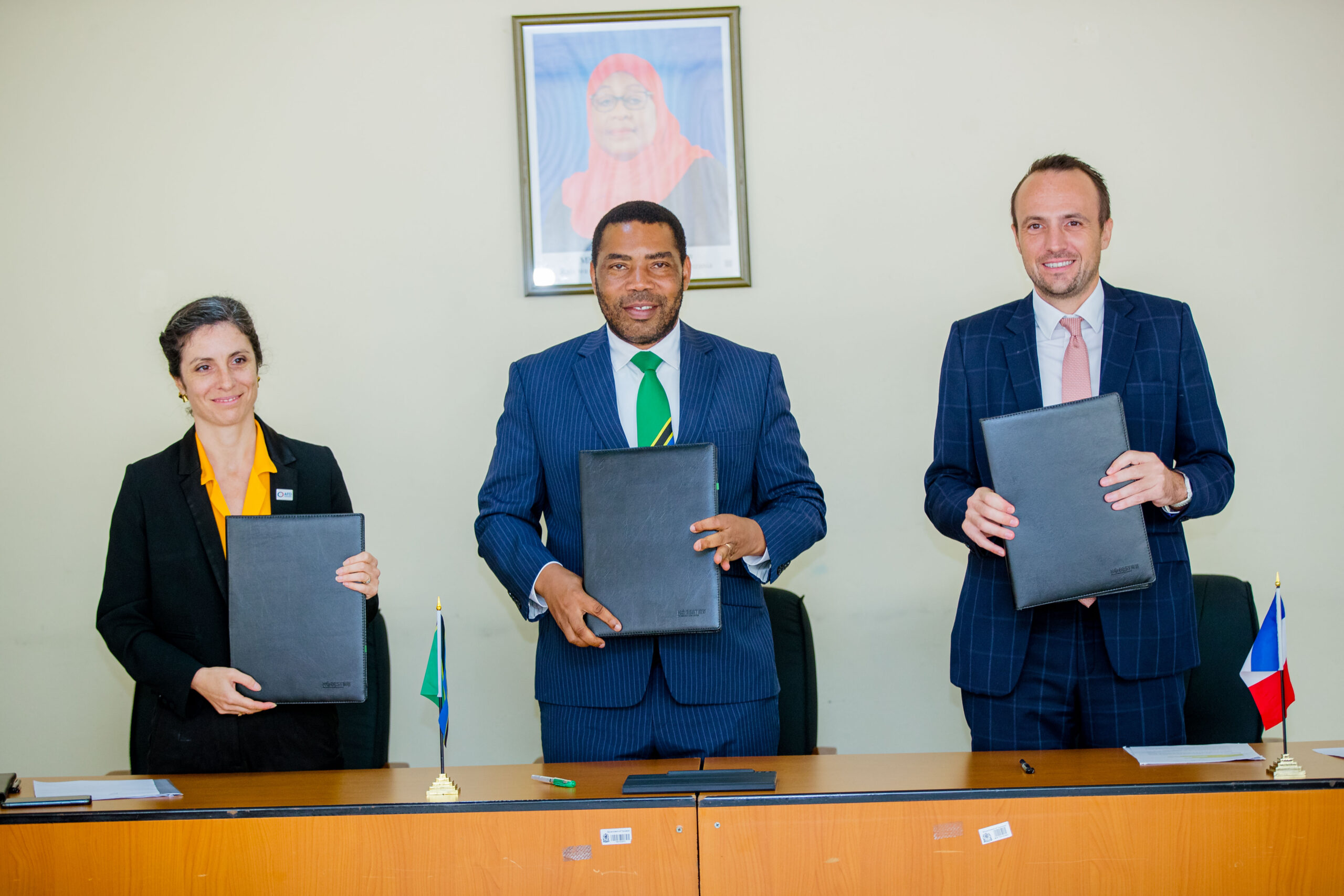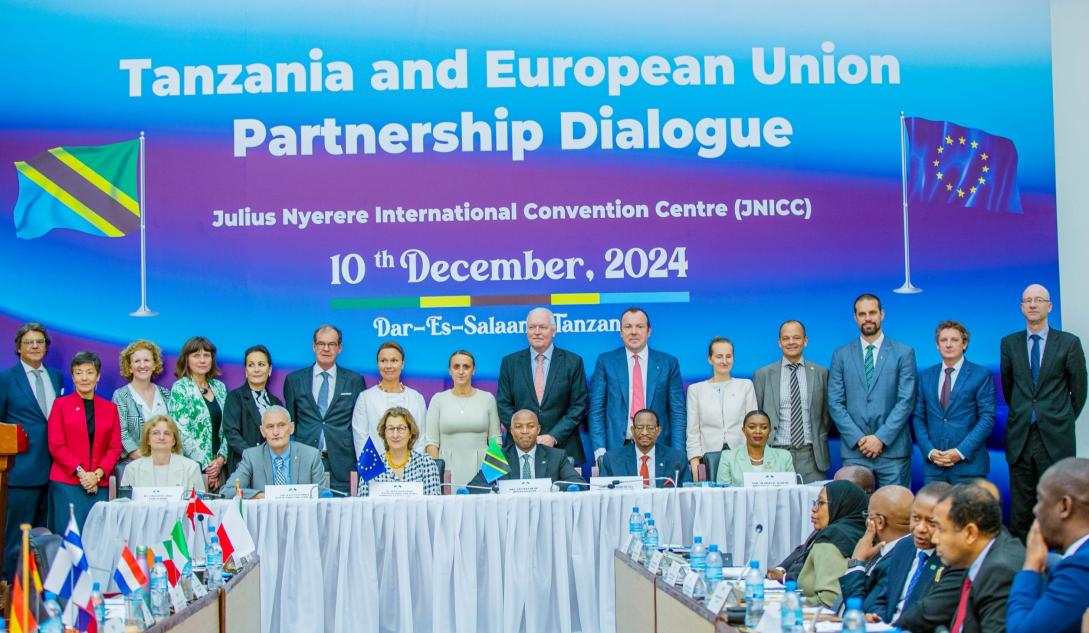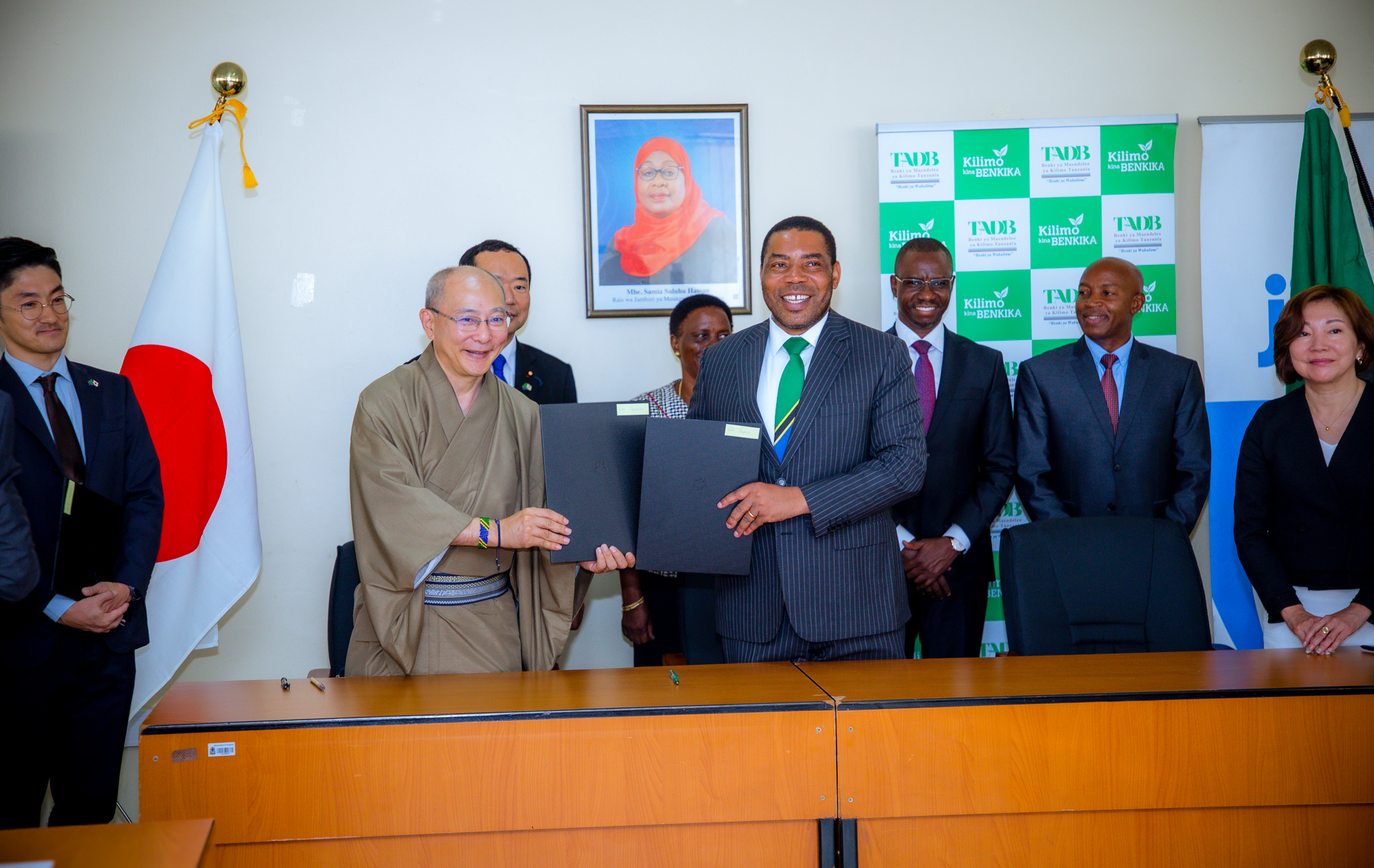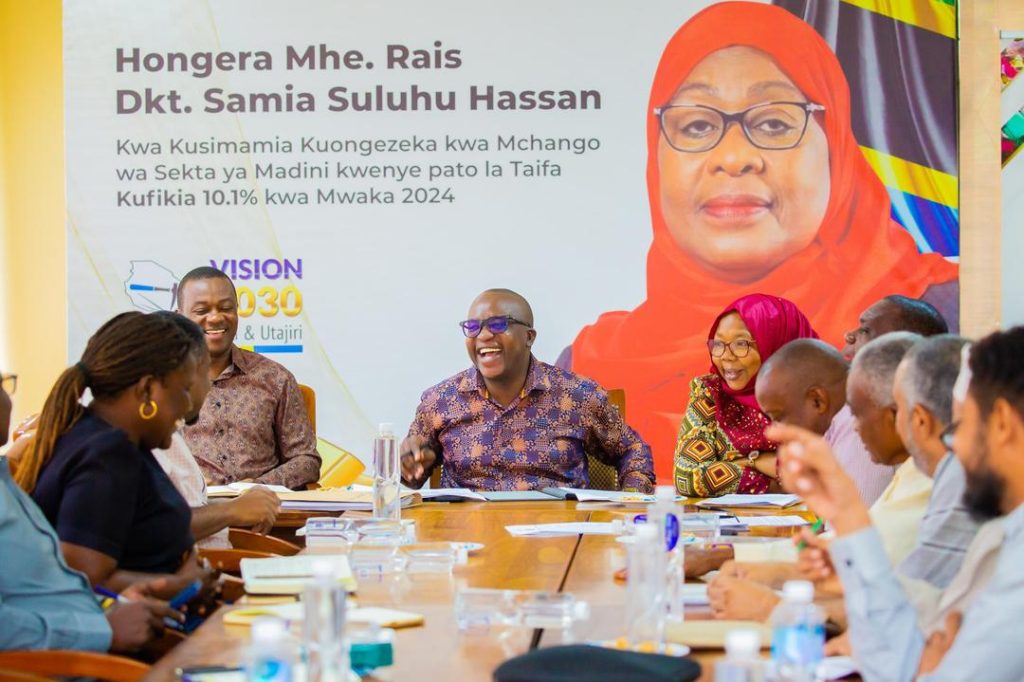Dar es Salaam. Tanzania is strategically positioning itself as a regional power production hub in a move that aligns with the accelerating pace of industrialisation across Eastern and Southern Africa, and the growing interconnectivity of regional electricity markets.
The country’s recent strides in the energy sector, including completion of large-scale projects like the 2,115MW Julius Nyerere Hydropower Project (JNHPP), and significant investments in natural gas-fired power generation, point to a deliberate strategic shift aimed at transforming the country from a net importer of energy solutions into a power exporter and energy anchor for neighbouring states.
This ambition is being propelled by the government’s sustained investments in large-scale energy infrastructure projects and deliberate efforts to integrate with regional power trading blocs such as the Eastern Africa Power Pool (EAPP) and the Southern African Power Pool (SAPP).
Deputy Prime Minister and Minister for Energy, Dr Doto Biteko, said on July 10 2025 during a tour of gas-fired electricity production facilities in Dar es Salaam that Tanzania now has sufficient electricity generation capacity, largely credited to sustained investments and policy prioritisation by the government under President Samia Suluhu Hassan.
“Our electricity availability is now stable, and areas that previously experienced supply challenges are seeing marked improvements,” Dr Biteko said at the Kinyerezi power complex, where he inspected the operations of Kinyerezi I, Kinyerezi I Extension, and Kinyerezi II plants.
Tanzania’s energy roadmap aligns with wider ambitions of transforming the country into a power exporter, supplying electricity to energy-deficient neighbouring states within the framework of the East African Community (EAC), the Southern African Development Community (SADC), and beyond.
As a member of both the EAPP and the SAPP, Tanzania is well-positioned to benefit from cross-border electricity trade.
The regional demand for power continues to surge.
Several countries in the region, such as Malawi, Burundi, Rwanda, and parts of Zambia and the Democratic Republic of the Congo, remain energy-insecure and heavily reliant on electricity imports.
This presents a commercial opportunity for Tanzania to capitalise on its growing energy surplus.
Gas, hydropower driving national ambitions
Tanzania’s energy mix is rapidly diversifying, with natural gas and hydropower forming its twin backbone.
While the commissioning of JNHPP alone added over 2,000MW to the national grid, the expansion of the Kinyerezi natural gas power complex has solidified the country’s flexible generation capacity, especially to meet peak demand and support intermittent renewable sources.
According to Dr Biteko, Tanesco plans to upgrade the forthcoming Kinyerezi III project from an initial capacity of 600MW to 1,000MW to cater for increased demand and build reserve margins.
The country’s current generation capacity, already in surplus, is paving the way for regional power trade ambitions.
“The government has committed Sh2.3 trillion to the energy sector in the current financial year,” Dr Biteko revealed, noting that such a bold allocation demonstrates the administration’s commitment to sustainable and inclusive energy access.
“President Samia’s vision is clear: every Tanzanian must have reliable access to electricity, and Tanzania must become a key player in regional energy security,” said Dr Biteko.
Regional interconnectivity and power pools
Tanzania’s strategic geographical positioning at the crossroads of Eastern and Southern Africa gives it a natural advantage as a potential electricity trading centre.
The country is already a key participant in the EAPP and is also enhancing links with the SAPP where it joined in 2021, thereby integrating itself into a wider regional electricity market.
The EAPP aims to pool and coordinate power generation and transmission among member states, enabling countries with excess power to sell to those facing deficits.
Similarly, the SAPP promotes electricity trade among 12 SADC countries through a common grid and standardised market structures.
Among the key undertakings is the 400kV Iringa–Mbeya–Zambia transmission line, which is set to bolster connectivity between Tanzania and Southern Africa.
At the same time, interconnectors linking Tanzania with Kenya and Uganda are advancing efforts to facilitate seamless electricity exchange within the Eastern Africa Power Pool.
The Kenya–Tanzania Interconnector is a key link in the EAPP that will enable Tanzania to export surplus power northwards while importing from Ethiopia and other countries when necessary.
Strengthening domestic capacity
While the country’s regional aspirations are taking shape, the government is equally focused on addressing domestic power supply challenges.
Dr Biteko commended Tanesco’s performance in improving service delivery, responding promptly to outages, and enhancing customer relations.
“There have been major improvements in the way citizens are being served. The call centre has been upgraded and now handles complaints without additional cost to consumers,” he said.
Dr Biteko also visited the Kinyerezi Natural Gas Receiving Station, where he called for an increase in gas production to match the expected rise in electricity demand.
“With the energy transition gaining momentum, natural gas remains a central pillar in Tanzania’s medium-term energy mix. We must ensure adequate gas supply to all existing and upcoming power stations.”
Tanzania’s natural gas reserves estimated at over 57 trillion cubic feet provide a strategic advantage in supporting reliable, cleaner thermal power generation, while also enabling the country to explore complementary options like exporting liquefied natural gas (LNG) in the long run.
In recent years, the government has adopted a multi-pronged approach to power sector development.
This includes expanding transmission infrastructure, diversifying the energy mix to include more renewables, and enhancing regional grid interconnectivity.
Investment-friendly reforms
To support its energy ambitions, Tanzania is also implementing wide-ranging reforms aimed at attracting private capital, fostering public-private partnerships, and expanding grid infrastructure.
These include streamlining licensing processes, enhancing regulatory transparency, and offering incentives for renewable energy investors.
The establishment of the Energy Regulatory Authority (EWURA) as a credible and autonomous regulator, along with clear policy direction from the Ministry of Energy, has improved investor confidence.
Moreover, the country’s broader infrastructure development—such as roads, ports, and ICT—has helped anchor large-scale energy projects.
Tanzania’s National Five-Year Development Plan (2021/22–2025/26) identifies energy as a critical enabler for industrialisation.
It prioritises power generation, transmission, and distribution capacity expansion in tandem with the country’s industrial growth trajectory.

